Written by Madhurjya Sarma, Senior Manager at GHE
Umswai Valley, surrounded by its serene hills and landscape, is a place of many ancient traditions and stories of human cohesion to preserve their natural habitat in the advent of modernism.
The valley residents, the Tiwa Community, follow a set of their ancient animistic beliefs and traditions which pays respect respects the elements of nature and natural beings while following an age-old cultural system of worshipping. At the core of their belief system, is the sacred forest, a few thousand-year-old sanctuaries on the edge of their valley, where their deities reside protecting the many beings of the forest.
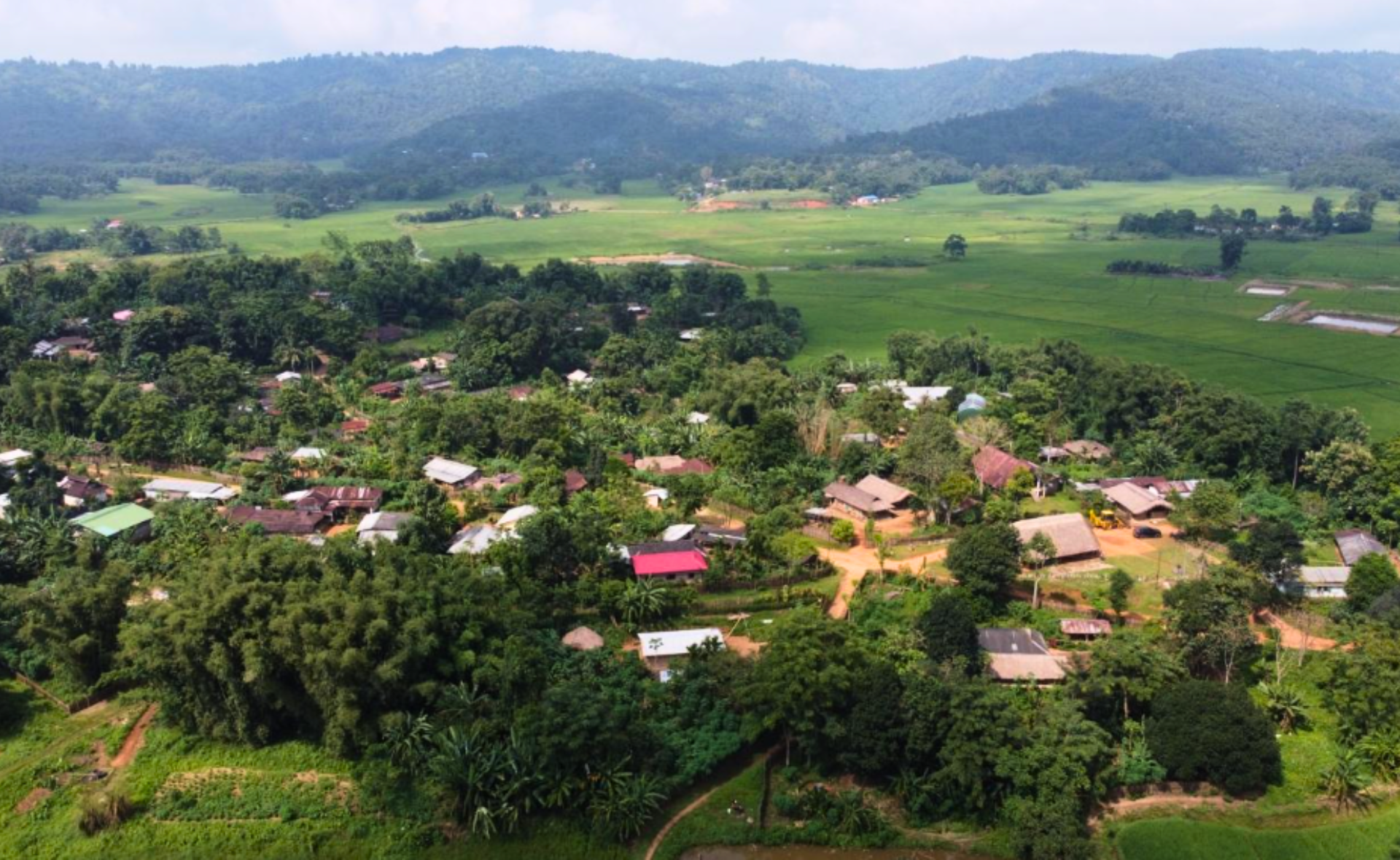
The Sacred Forest: A Sanctuary of Tradition
The Tiwa community of Umswai Valley holds a profound reverence for Balakhongor, the supreme deity of the forest and the creator and preserver of all beings. According to their ancient animistic beliefs, Balakhongor and the forest deities reside in the Sacred Forest, manifesting as hillocks that oversee and protect the surroundings.
To honour these deities and commemorate significant events, the Tiwa people perform various rituals and sacrifices within the forest throughout the year. A notable tradition is the annual erection of monoliths to pay homage to their ancestors, with an impressive 1,030 pairs of monoliths standing tall, symbolizing over a millennium of history. This unwavering dedication to their spiritual heritage underscores the community’s deep-seated reverence for the Sacred Forest, which serves as the cornerstone of their animistic religious practices.
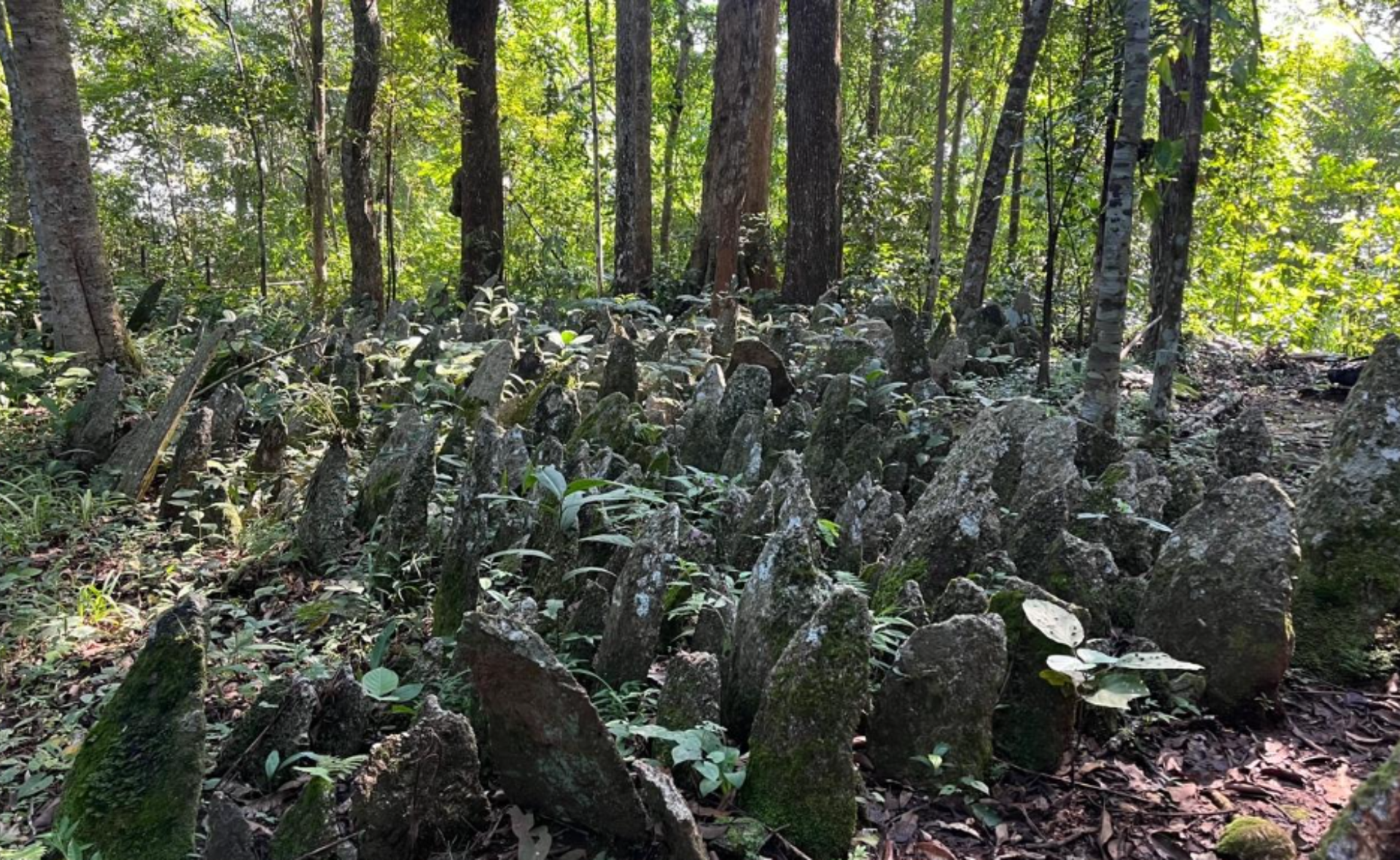
The Sacred Forest is also a sanctuary for endangered flora and fauna. Within this vast forest, no hunting, killing, or harm to any living beings whether animals, birds, insects, plants, or trees is permitted. The Tiwas’ reverence for life extends beyond the Sacred Forest, as they also focus on revitalizing degraded lands in the surrounding areas. Their efforts aim to restore biodiversity and reestablish ecological balance, ensuring the health of the environment for future generations.
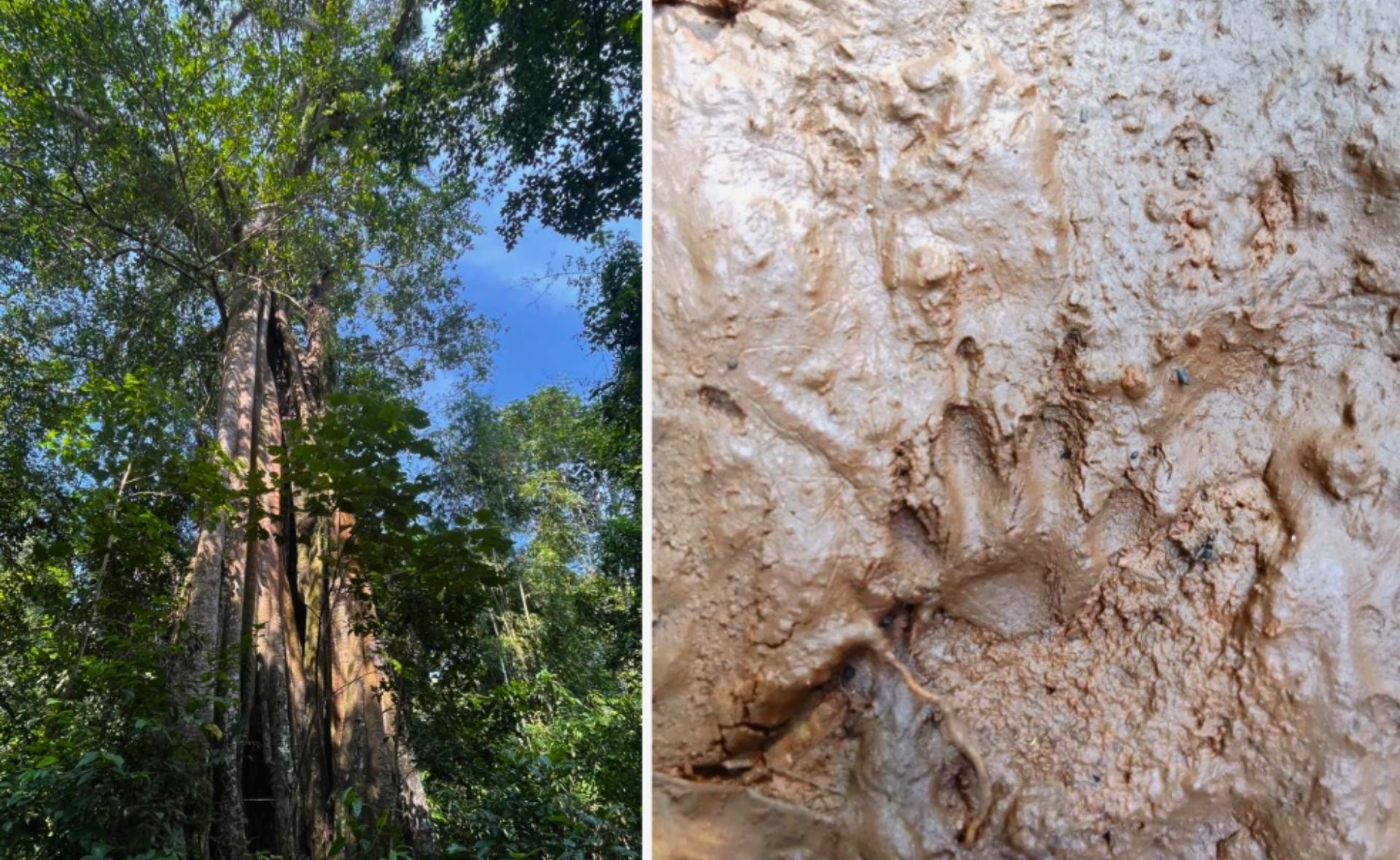
However, challenges loom over this revered forest. Encroaching human activities, the impacts of climate change, and traditional slash-and-burn agriculture have led to its gradual degradation.
Tiwa Community: Culture and Livelihoods
The Tiwa people maintain a unique cultural identity characterized by a mix of traditional animistic beliefs and modern influences. They practice bilineal descent and matrilocality, with a chief priest (Loro) overseeing religious and judicial matters. Though many continue to follow animistic traditions, some have embraced Christianity, while still respecting the community’s cultural heritage.
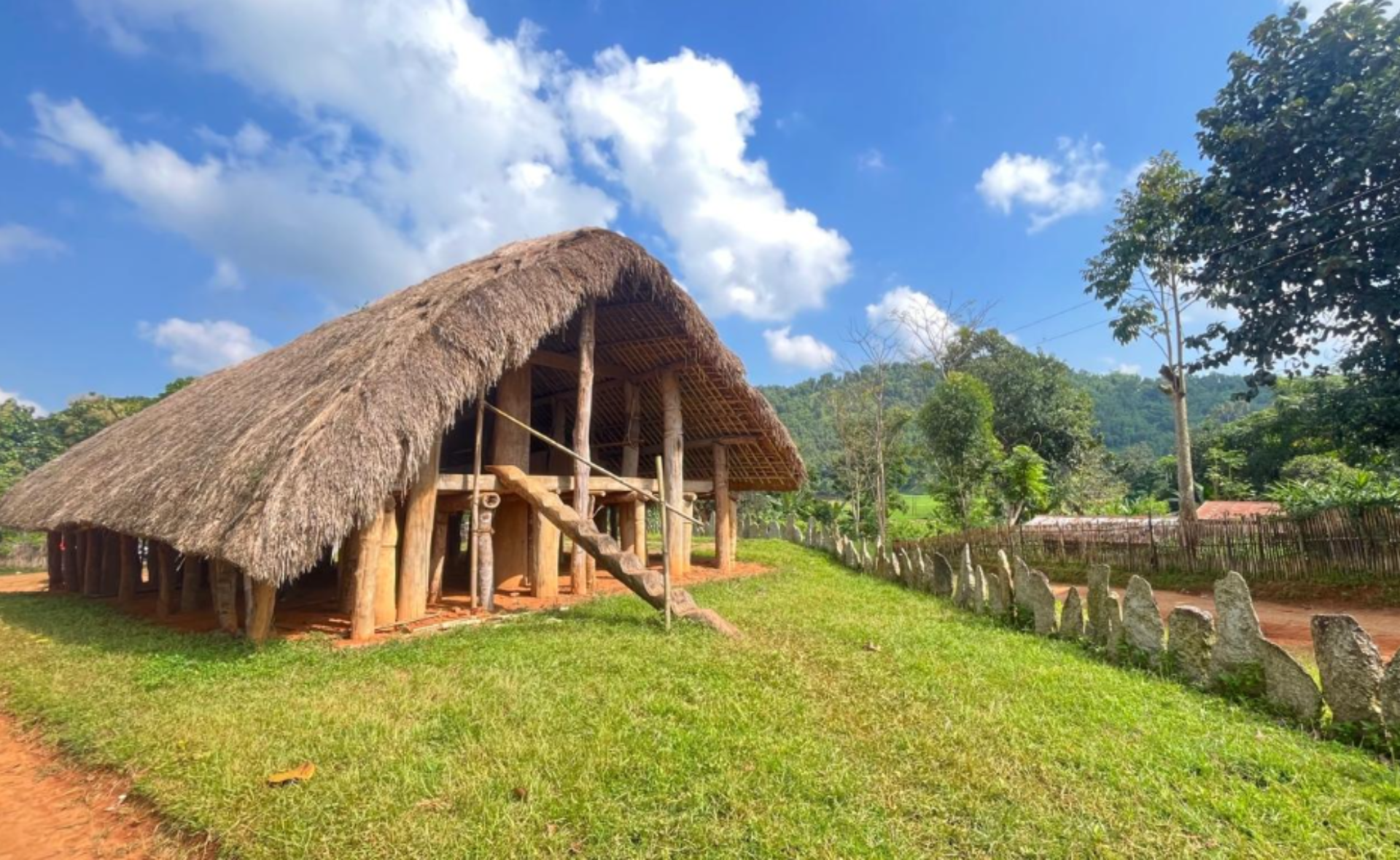
Farming remains the backbone of their economy, with rice, ginger, and vegetables being staple crops. Additionally, handloom weaving, bamboo crafts, and broom-making are important livelihoods, reflecting the community’s skill in creating sustainable, handmade products. Despite economic challenges, the Tiwa people prioritize cultural preservation over material wealth, placing a strong emphasis on rituals and traditions.
The Umswai Valley Reforestation Initiative
In response to the environmental threats facing Umswai Valley, GHE in collaboration with the community and local stakeholders, has launched the Umswai Valley Reforestation Initiative. This ambitious project aims to restore the valley’s ecological balance through community-driven afforestation and sustainable land management. By leveraging the Tiwa community’s deep respect for nature, the initiative seeks to revive sacred forests and establish community food forests, creating individual fruit-bearing plots.
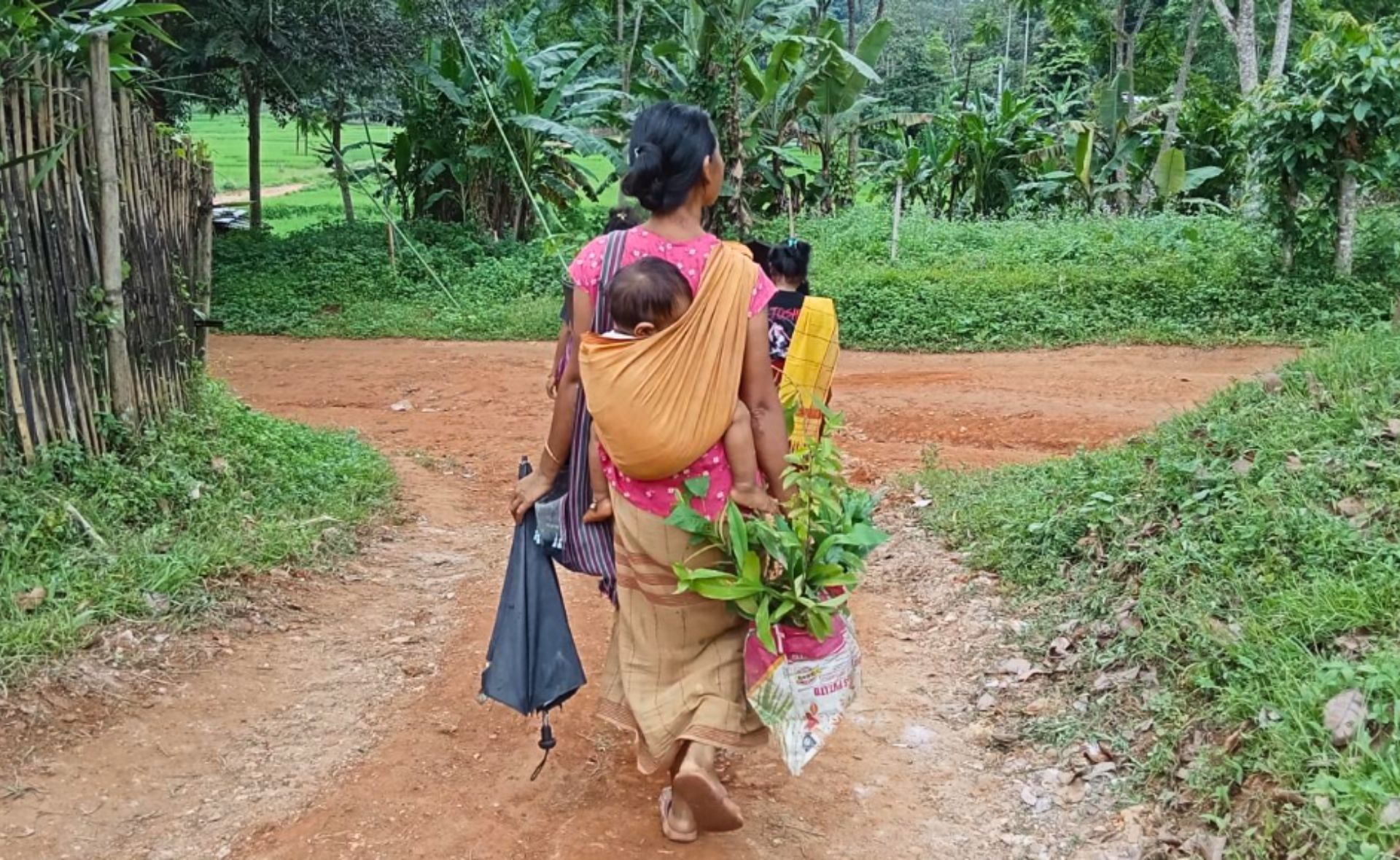
The initiative also addresses the impact of slash-and-burn agriculture and monocropping practices by introducing multi-cropping systems to improve soil quality and water retention.
In its first phase, the project will plant 30,000 trees of native species across the valley. This initiative holds immense potential for climate mitigation by enhancing carbon sequestration and promoting biodiversity. It also sets the stage for eco-tourism, as restored forest landscapes can attract visitors, generating income for the community.
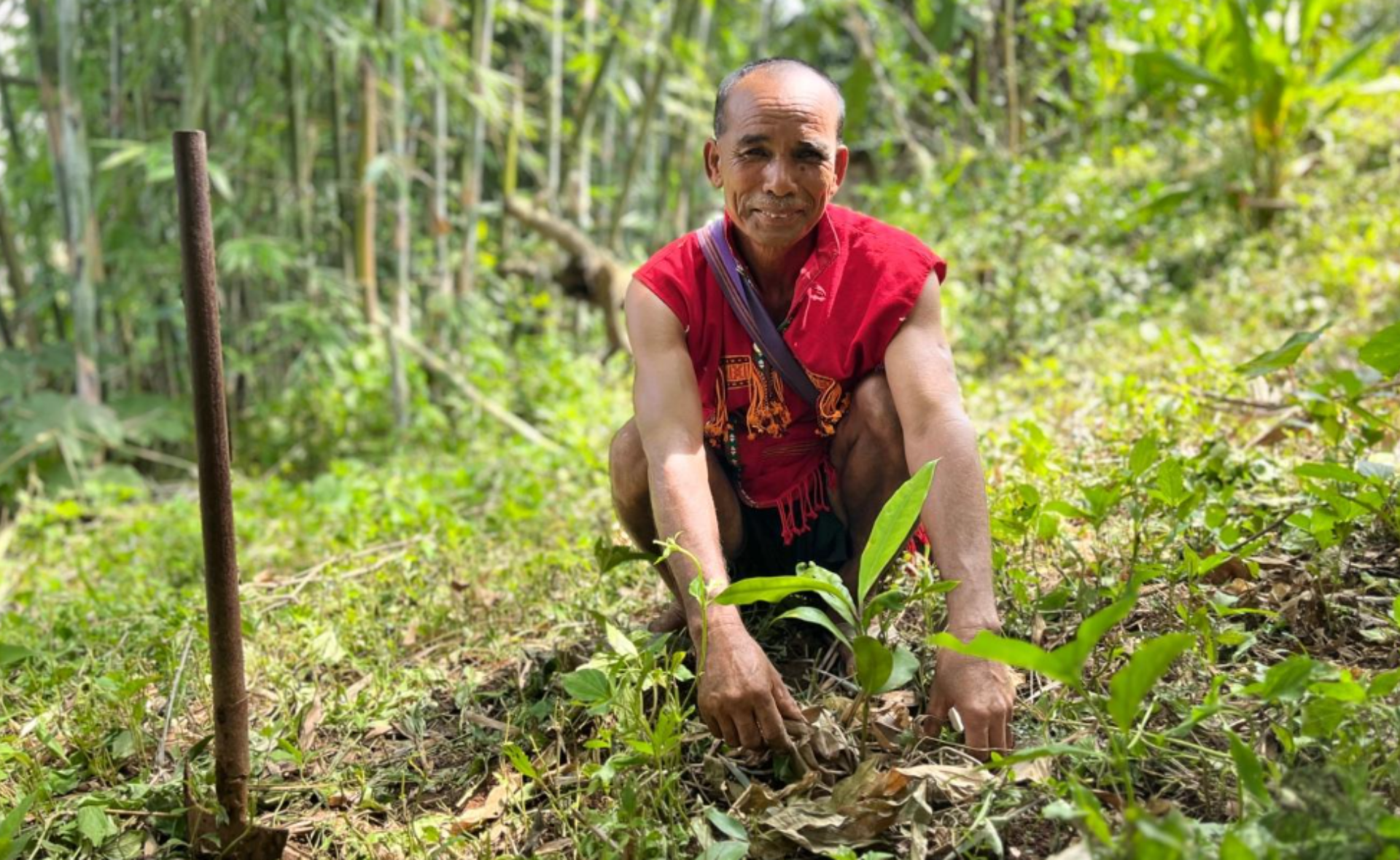
Empowering the Next Generation
The Umswai Valley Reforestation Initiative goes beyond environmental restoration; it aims to instil a sense of responsibility in the younger generation. Educational programs will teach local youth about the cultural and ecological importance of forests, engaging them in nursery management and tree propagation. This not only fosters a sense of ownership over their natural resources but also provides sustainable livelihood opportunities.
The Initiative is a beacon of hope, blending traditional wisdom with modern conservation practices. By honouring their heritage while embracing sustainable development, the Tiwa community is leading the way towards a more resilient and harmonious future.


Post a comment